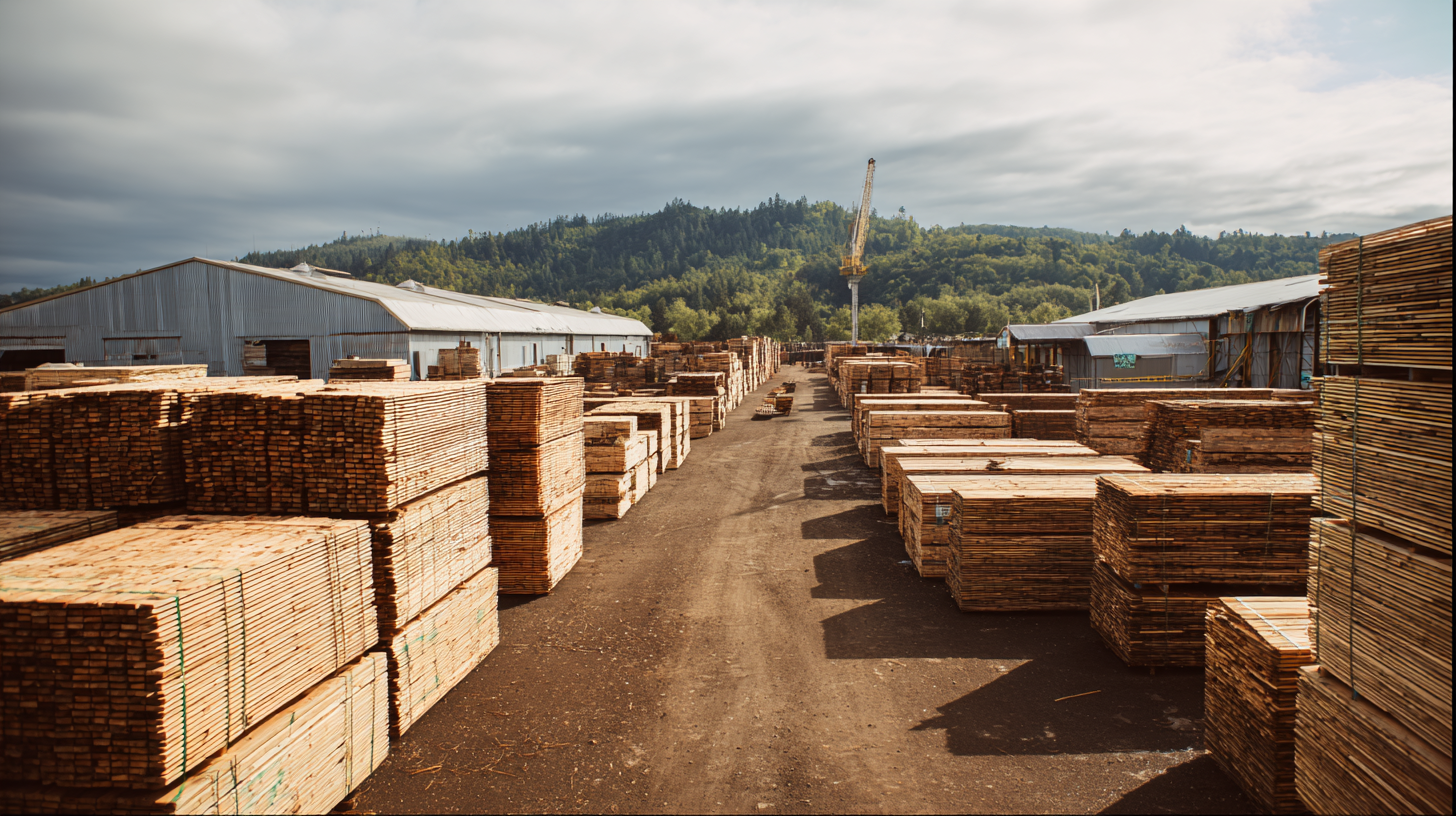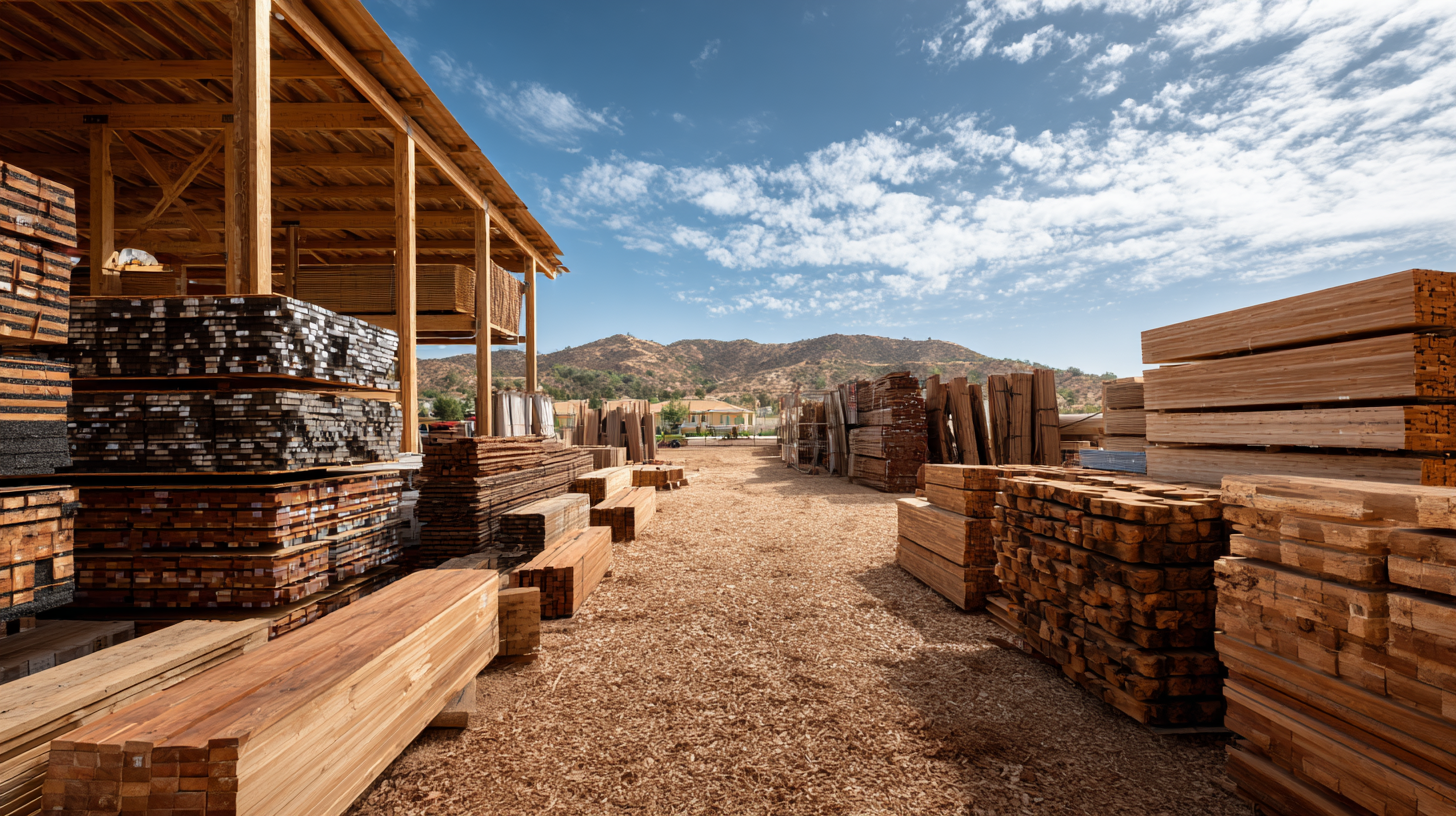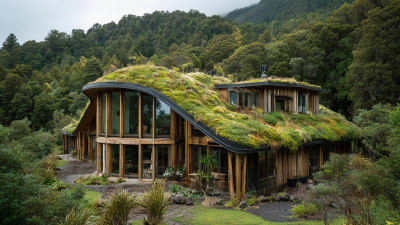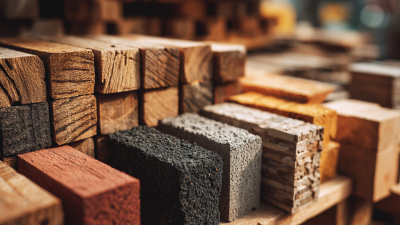Natural beauty for your favorite space
How to Choose Eco Building Products for Sustainable Construction
In today's rapidly evolving world, the focus on sustainability in construction has never been more critical. As environmental concerns grow, choosing the right materials for buildings becomes paramount. This brings us to the essential notion of "Eco Building Products." These innovative materials not only minimize ecological impact, but also enhance the overall health and comfort of living spaces. However, selecting the right eco-friendly options can be a daunting task, given the plethora of choices available in the market.

This guide aims to simplify the decision-making process by providing practical insights into how to effectively choose Eco Building Products that support sustainable construction practices. We will explore key factors to consider, such as material sourcing, energy efficiency, and long-term sustainability, empowering you to make informed choices that contribute to a greener future while ensuring the durability and functionality of your building projects.
Identifying Eco-Friendly Materials: A Guide to Sustainable Building Products
Choosing eco-friendly materials is a crucial step in sustainable construction, ensuring that buildings minimize their environmental impact while promoting health and well-being. When selecting materials, consider the life cycle assessment of the product. This includes analyzing the raw materials’ extraction, production processes, transportation, usage, and disposal. Opt for materials that are sustainably sourced, renewable, or recycled, helping to reduce resource depletion and landfill waste.
In addition to material sustainability, it's essential to evaluate the energy efficiency and overall performance of the products. Look for certifications such as LEED or ENERGY STAR, which can provide assurance of the materials' eco-friendliness and performance metrics. Furthermore, consider the indoor environmental quality benefits, choosing materials that are low in volatile organic compounds (VOCs) to enhance air quality. By carefully selecting eco-friendly building products, you not only contribute to a healthier planet but also create safer and more comfortable spaces for occupants.

Understanding Certifications: LEED, FSC, and Other Eco Labels in Construction
When selecting eco-friendly building products, understanding certifications is crucial for ensuring sustainability in construction. LEED (Leadership in Energy and Environmental Design) is one of the most recognized certifications, focusing on energy efficiency, water conservation, and the use of sustainable materials. Buildings that achieve LEED certification not only contribute to a healthier environment but also often exhibit lower operational costs over time. Evaluating products with LEED credentials can help builders make informed choices that align with global sustainability goals.
Another important certification to consider is FSC (Forest Stewardship Council), which signifies that wood and paper products are sourced from responsibly managed forests. This is essential for minimizing environmental impact and promoting sustainable forestry practices. By opting for FSC-certified materials, construction projects can reduce deforestation and bolster biodiversity. Additionally, other eco labels may address specific concerns such as indoor air quality, recycled content, or energy efficiency. Familiarizing oneself with these certifications allows designers and builders to create structures that are not only green but also contribute positively to the ecosystem.
How to Choose Eco Building Products for Sustainable Construction
| Certification | Description | Key Benefits | Applicable Products |
|---|---|---|---|
| LEED | Leadership in Energy and Environmental Design | Promotes sustainable building practices, energy efficiency, and water savings. | All building types, including residential and commercial. |
| FSC | Forest Stewardship Council certified products ensure sustainable forest management. | Supports responsible forestry and reduces deforestation. | Wood products like flooring, cabinetry, and furniture. |
| Energy Star | A program that identifies energy-efficient products to reduce energy bills. | Saves money, reduces greenhouse gas emissions. | Appliances, HVAC systems, and windows. |
| Green Seal | Third-party certification for a variety of products based on environmental and health criteria. | Ensures safer and environmentally friendly products. | Cleaning products, paints, and paper products. |
| Cradle to Cradle | Focuses on product lifecycle and sustainable materials. | Encourages circular economy and reduces waste. | Building materials and furnishings. |
Evaluating Life Cycle Assessments: Measuring Impact from Production to Disposal
Understanding the life cycle assessments (LCAs) of building products is essential for making informed decisions in sustainable construction. LCAs evaluate the environmental impacts of a product from its production through to its disposal. According to a 2021 report by the World Green Building Council, buildings contribute to 39% of global carbon dioxide emissions, with materials accounting for over 10%. By focusing on those materials and their life cycle, builders can significantly reduce their ecological footprint.

When selecting eco-friendly building products, consider the full impact of the material. For instance, locally sourced materials can lower transportation emissions, whereas products made from recycled content further reduce overall waste. Tip: Always ask suppliers for LCAs and third-party certifications that validate the environmental claims of their products. The Global Reporting Initiative (GRI) provides robust frameworks that help evaluate the sustainability of materials.
Additionally, the end-of-life impact of materials should not be overlooked. Products that are designed for disassembly or are recyclable greatly mitigate landfill contributions. Tip: Look for biosourced materials or those with low toxicity that can safely return to the environment at the end of their life cycle. By incorporating these considerations, builders can make choices that truly support sustainable construction practices.
Comparing Renewable vs. Non-renewable Resources in Eco Building Products
When selecting eco building products for sustainable construction, one of the key decisions revolves around the choice between renewable and non-renewable resources. Renewable resources, such as bamboo, reclaimed wood, and recycled metals, offer significant environmental benefits. These materials come from sources that can regenerate quickly or are recycled from previous uses, thereby minimizing waste and reducing the ecological footprint. Adopting such materials not only helps in conserving natural resources but also promotes a circular economy where products are reused and repurposed.
On the other hand, non-renewable resources, which include most conventional building materials like concrete and virgin timber, pose a larger threat to sustainability. These resources are finite, often extracted through environmentally damaging practices, and contribute to habitat destruction and carbon emissions. While they may provide immediate benefits in terms of strength and durability, their long-term impacts on the environment raise serious concerns. Thus, builders and architects should carefully consider the life cycle of materials, opting for those that offer renewable alternatives to support sustainable practices in the construction industry.
Comparison of Renewable vs. Non-renewable Resources in Eco Building Products
Selecting Energy-Efficient Products: Maximizing Sustainability in Construction Projects
Selecting energy-efficient products is crucial for maximizing sustainability in construction projects. As the emphasis on eco-friendly building practices gains momentum, stakeholders must prioritize the integration of energy-saving technologies into their designs. These products not only reduce energy consumption but also contribute to lower greenhouse gas emissions. A comprehensive understanding of various energy-efficient materials, such as insulated panels, advanced glazing systems, and renewable energy systems, can significantly impact the environmental footprint of a construction project.
Moreover, aligning with international green building certifications, such as LEED and Minergie, can further enhance the credibility and marketability of a project. These certifications require stringent compliance with sustainability standards, promoting the use of innovative energy-efficient solutions. By adopting such strategies, construction professionals can elevate their projects' overall sustainability, attracting environmentally conscious clients and investors while fostering a culture of environmental responsibility within the industry. Embracing these practices today ensures a greener, more sustainable future for tomorrow’s built environment.
Related Posts
-

Advantages of Choosing Eco Building Products for Sustainable Construction Solutions
-

Ultimate Checklist for Sourcing the Most Sustainable Building Materials Globally
-

Unlocking the Advantages of Sustainable Building Materials for Modern Homes
-

Exploring the Future of Sustainable Building Products for Global Procurement Success
-

5 Compelling Reasons to Choose the Best Eco Building Products for Sustainable Construction
-

Essential Checklist for Sourcing Eco Friendly Building Materials Globally
